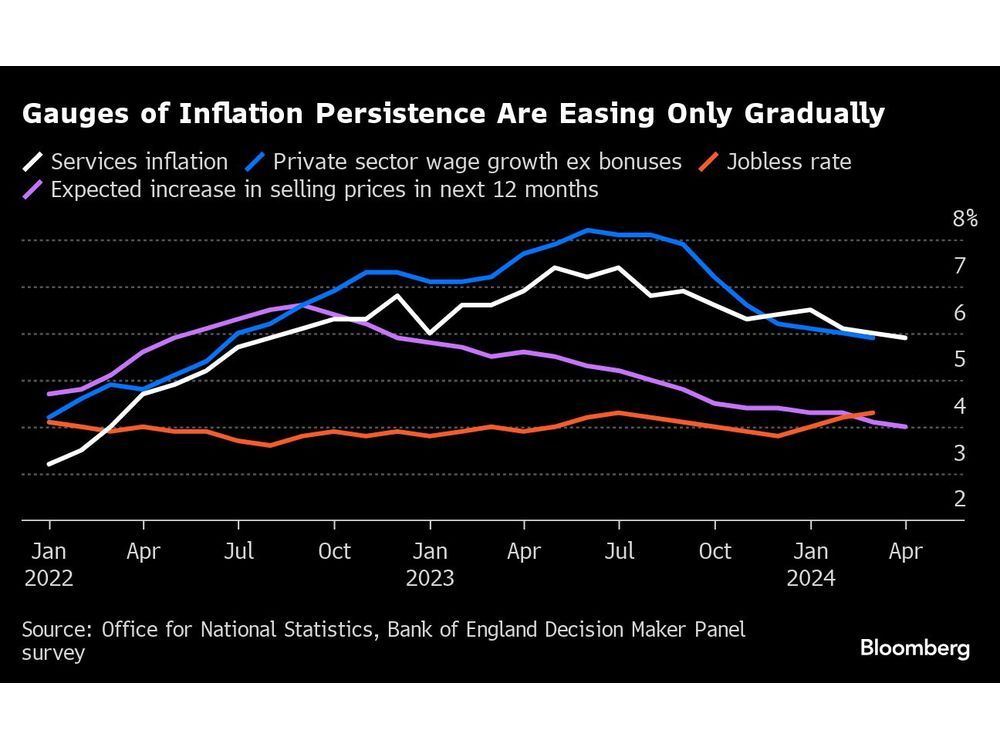Follow us on LinkedIn
A swap is an agreement or contract between two parties that allows them to exchange cash flows from different underlying instruments. This agreement is the basis for the derivative contract between the parties involved. Based on underlying assets, the swap agreement may fall into different types. However, the tax treatment may differ for each, depending on the definitions provided by the IRS.
One type of swap is an equity swap. Its tax treatment falls under that of a notional principal contract. Before discussing that, it is crucial to understand what equity swaps are.
What is an Equity Swap?
An equity swap is a derivative contract between two parties for future cash flows derived from underlying equity instruments. In this contract, both parties exchange cash flows from different streams. Usually, one stream (leg) comes based on the returns from an equity index. In contrast, the other depends on fixed or floating interest rate cash flows.
In an equity swap, one party agrees to pay the return based on the underlying equity index, for example, S&P 500. On the other hand, the other party assumes the responsibility to pay a fixed interest rate. Practically, these parties net off the payments from both streams, and one pays the difference. Equity swaps also include a notional principal, the amount of money used as a basis for calculations.
How does an Equity Swap work?
Equity swaps are straightforward. As mentioned above, it involves exchanging cash flows based on two different streams. Usually, these payments occur over a period specified in the swap contract. This period is the tenor or the total life of the swap. Furthermore, the swap contract will include the frequency or number of payments during the defined tenor. For example, these may occur every biannually or quarterly.
Both parties do not pay the other for the underlying cash flows. Instead, equity swaps, like other swap agreements, involve netting the two cash flows. Consequently, the party owing the higher amount pays the other for the difference between the required payments. These terms are a part of the swap contract between the two parties, which they agree upon when commencing.
What is the accounting for Equity Swap?
Equity swaps fall under the definition of a derivative in accounting. Therefore, they can be both assets and liabilities. The value depends on the current fair market value of the underlying derivative. This value can come from the LIPOR market index for derivatives. Once obtained, companies must compare this value to other comparable equity swap packages and use an average fair-market value for the equity swap derivative.
Equity swaps may generate a profit or loss. In the former case, companies must add the increase to the value of the equity swap under assets in the balance sheet. However, the same does not apply to losses. Companies must subtract any loss on an equity swap from the liability side of the balance sheet. These items must also appear on the income statement.
What is the Equity Swap Tax Treatment?
The tax treatment for equity swaps falls under a notional principal contract. The above definition of an equity swap makes it a type of this contract. Therefore, taxpayers must use the same rules for all notional principal contracts when working with equity swaps.
Since equity swaps involve periodic payments, the rules are specific under a notional principal contract tax treatment. In this case, the taxpayer must recognize the ratable daily portion of a periodic payment for a given tax period. This tax treatment of equity swap tax occurs regardless of the accounting method used.
If the periodic payment is not specific at the end of a tax period, the taxpayer must base the ratable on the index that would have been applied if it were fixed at that time. If that amount is unreliable, the taxpayer can use a reasonable estimate for the specific index. These rules apply to all notional principal contracts which involve periodic payments.
Conclusion
An equity swap involves two parties exchanging future cash flows from different streams. One comes from a specific equity index, while the other depends on a fixed interest rate. In tax, equity swaps fall under a notional principal contract. Due to its definition, it uses the same tax treatment as that used for periodic payment contracts under the section.
Further questions
What's your question? Ask it in the discussion forum
Have an answer to the questions below? Post it here or in the forum





Prime Minister Keir Starmer’s promise to “get Britain building again” will quickly face a shortage of skilled workers in the very industries he’s hoping will power the turnaround.